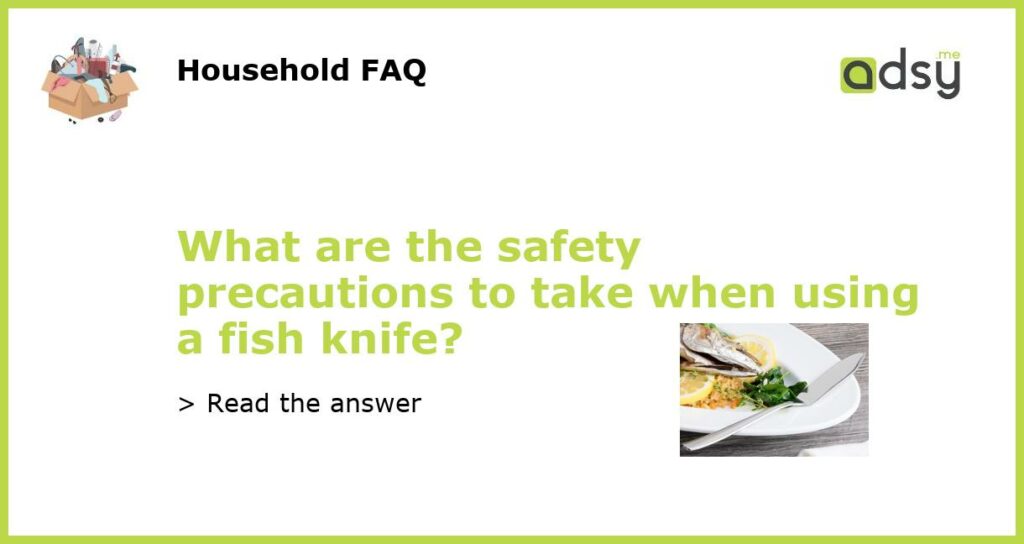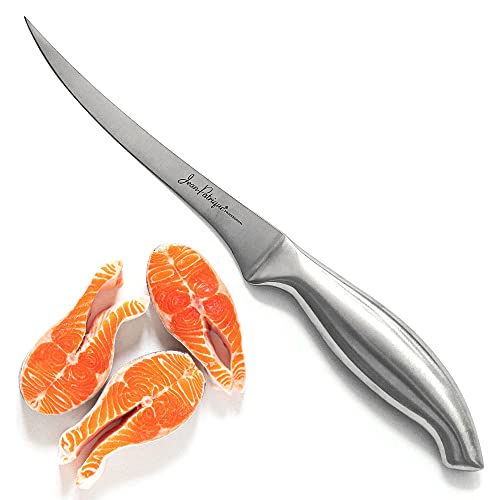Understanding the Importance of Handling a Fish Knife with Care
When it comes to preparing fish, a fish knife is an integral tool that makes the job easier. However, using a fish knife requires attention, skill, and practice. Using the wrong technique could lead to injury and even ruin your prized catch. Here are some safety precautions to take when using a fish knife:
Choose the Appropriate Knife for the Task
Before you start filleting a fish, make sure you have the correct knife for the job. A fillet knife is the most appropriate fish knife for most tasks. Ensure it is sharp and in good working order. A dull knife can easily slip and cause injury. Keep your fish knife clean at all times as a dirty or rusty knife can cause contamination.
Pay Attention to Your Hands
When holding a fish knife, ensure that your hands are clean and dry. Avoid placing your fingers in front of the blade while cutting as this could lead to a serious cut. Hold the fish in place with one hand while the other hand uses the knife. Keep your fingers away from the blade by curling them inwards as you work.
Be Mindful of Your Cutting Surface
When filleting a fish, use a sturdy cutting board that is not likely to shift as you cut. Avoid using ceramic or glass cutting boards as they can dull your knife’s edge and cause it to slip. Never place your cutting board on an unstable surface like a wet countertop that may shift or move while you cut.
Store Your Fish Knife Safely
After use, clean your fish knife with soap and water and dry it thoroughly. Store it safely in a knife block or sheath to avoid accidents when reaching for it. Keep it away from children and pets. Also, make sure you dispose of your used blades properly.






